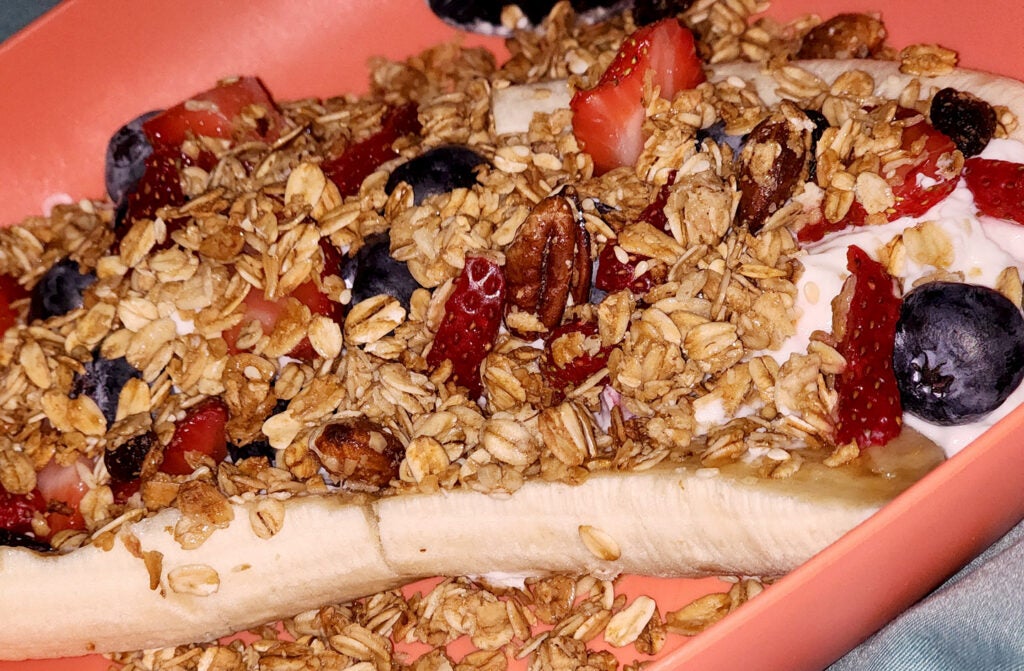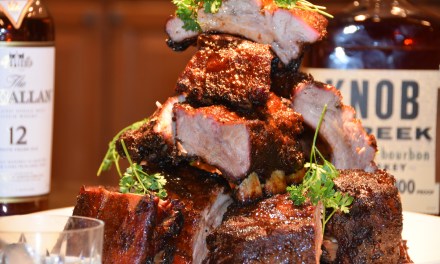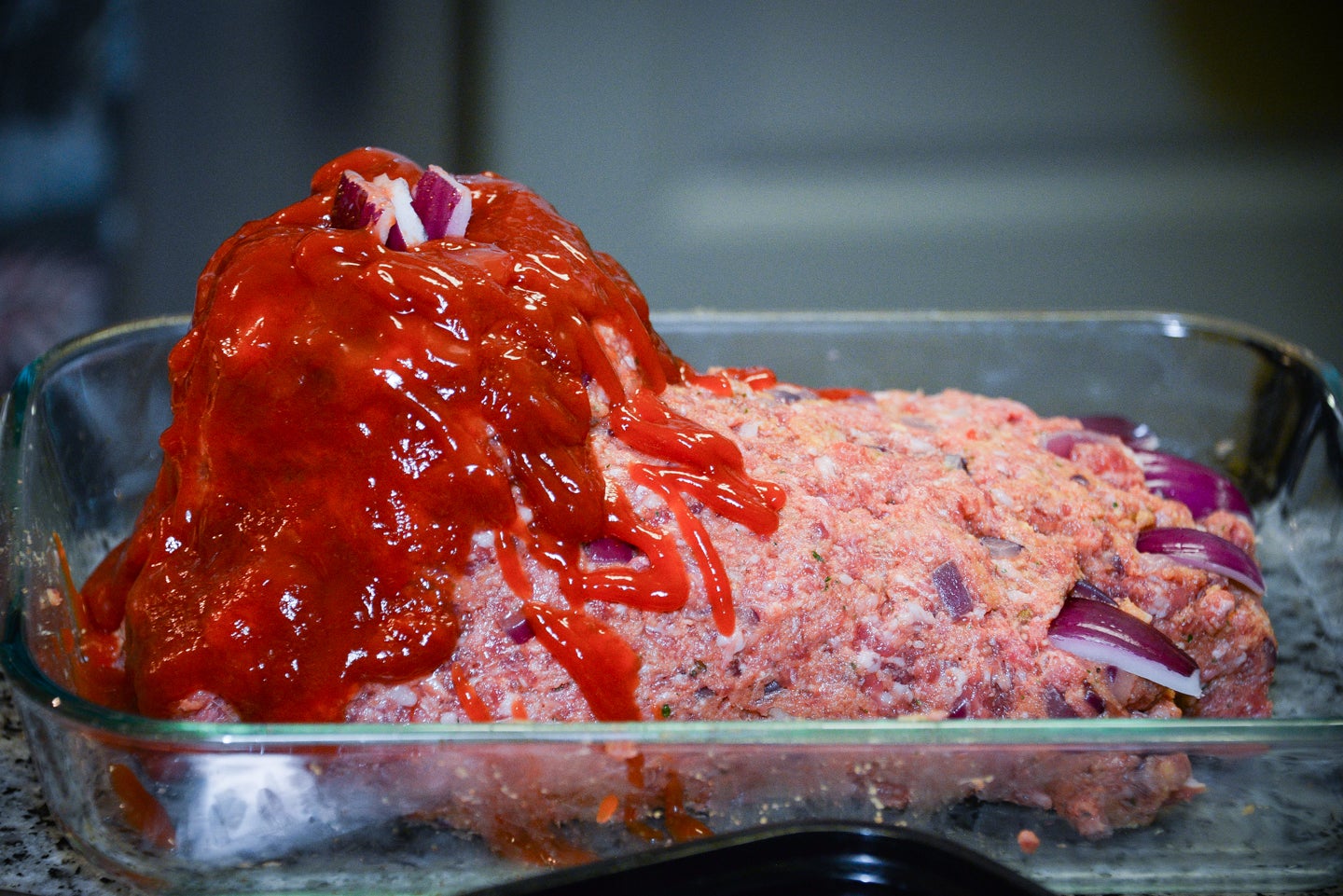By Tisa Conway-Cunningham
Fast Food, fair delights, amusement park treats, Ramen Noodles, Pizza Rolls, whatever is in the pantry — let’s face it. From late night trips, to fast food places, to middle of the night and early morning kitchen raids, our babies have binged on just about any and everything they could get their hungry hands on this past summer.
Good news! It is September! Summer is officially over, and what better way to start off the school year, than with some healthy, fresh and creative ideas to fill your little one’s snack cravings. First, stop underestimating your child’s tastebuds. Tap into what flavors they have been keen on having and go from there. Adding new alternatives will be better received if the dish includes something they are already familiar with.
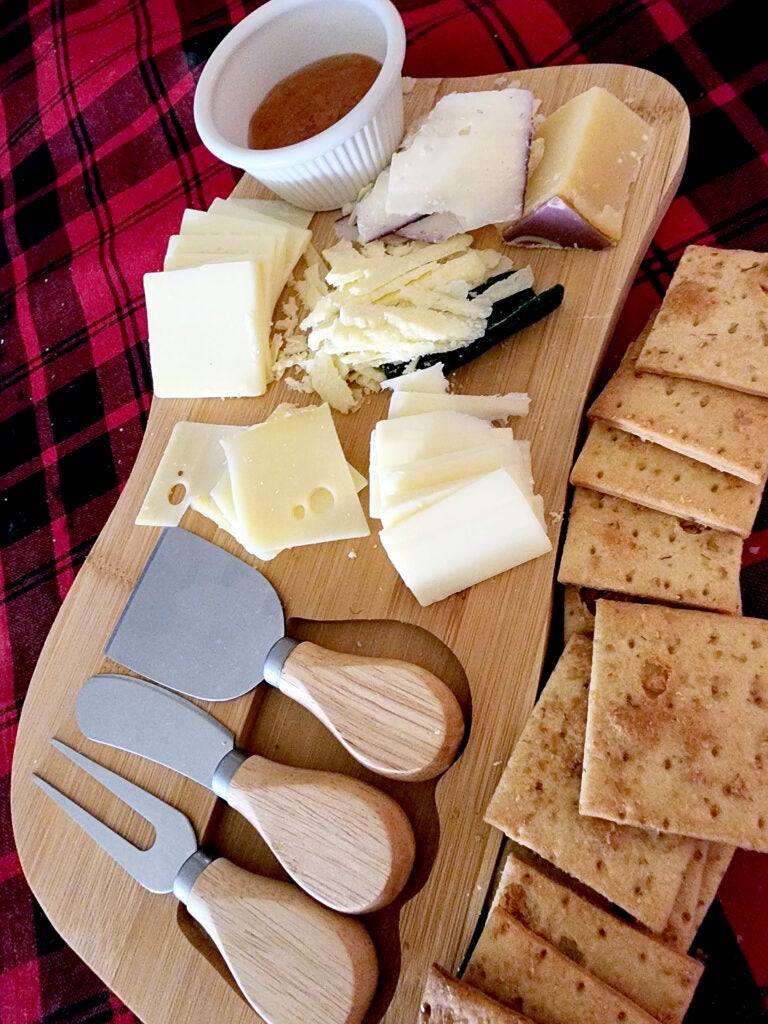
Protein Snack Packs are life! Getting back into the school routines can be hard on the whole family. Messed up sleep schedules, early morning wakeup calls and eight-hour school days can easily wear on our little ones. Protein fueled snacks can provide a solid energy source for your littles and can contribute to them staying fuller for longer. It can also promote healthy growth and development, strengthen the immune system, maintain muscle mass and improve focus. All these factors are important to your little ones or big-little ones starting off the school year strong.
Think bento box, charcuterie, grazing boards and protein snack packs that can include, but are not limited to, hard-boiled eggs, nuts, hummus, cheese, meats and crunchy vegetables. Make sure to focus on additions that provide a good balance of protein. Cheese can be a good source of protein providing anywhere from 5 grams to 15 grams of protein per serving. Low-fat mozzarella offers 9 grams of protein per serving, low-fat cheddar offers 7.8 grams of protein per serving and low-fat Monterey Jack cheese offers 7.9 grams of protein per serving, while low-fat cottage cheese can offer a whopping 14 grams of protein per serving. Whether in slices, cubes or aside some fruit, cheese is a great option to add protein to your child’s food profile.
Vegetables provide healthy options for proteins to enter the body. Additionally, if you are not a big meat eater, there are many vegetables to ensure proper protein intake. Snap peas provide 8.6 grams of protein per serving and provide 35% of the daily recommended fiber intake. A vegetable that provides 6 grams of protein, vitamin K, vitamin A and vitamin C is spinach. Including this veggie in your snack, can help support immune health, healthy blood flow and protect vision. Broccoli, greens, corn, sweet potatoes, cauliflower and many other vegetables can increase your protein intake anywhere from 2 grams to 4 grams of protein per serving. So, an assortment of vegetables in a snack will continue to support healthy protein intake.
Beans, beans, beans — they are good for your heart and provide from 10 grams to 22 grams of protein per serving. Chickpeas, whether used for a hummus base or baked off for a crispy snack, provide about 21 grams of protein per serving. Edamame (if your kids will eat it) can provide 18 grams of protein per serving. Popular snack variations are crispy edamame, boiled edamame tossed with gluten free soy sauce and sea salt, lemon pepper or a soy ginger mix sidekick to sushi. Beans in whatever capacity are a good vegetarian friendly source to support optimal protein intake.
Other options to include in your bento snack include meats, nuts and an abundance of other options. This can include meat sticks that are low calorie, low sodium and low in sugar, but pack a big punch in the flavor department. So, check out the packaging, paying close attention to protein per serving, sodium and sugar. Meat sticks can provide between 5 grams to 20 grams of protein per serving. Turkey, chicken and tuna can be easily portable and great options for a bento box snack pack. Any deli meat, pepperoni, leftover pulled chicken or pork can add flair to protein rich bento boxes. Let your creativity flow to create a deconstructed bento meal perfect for your little snackers.
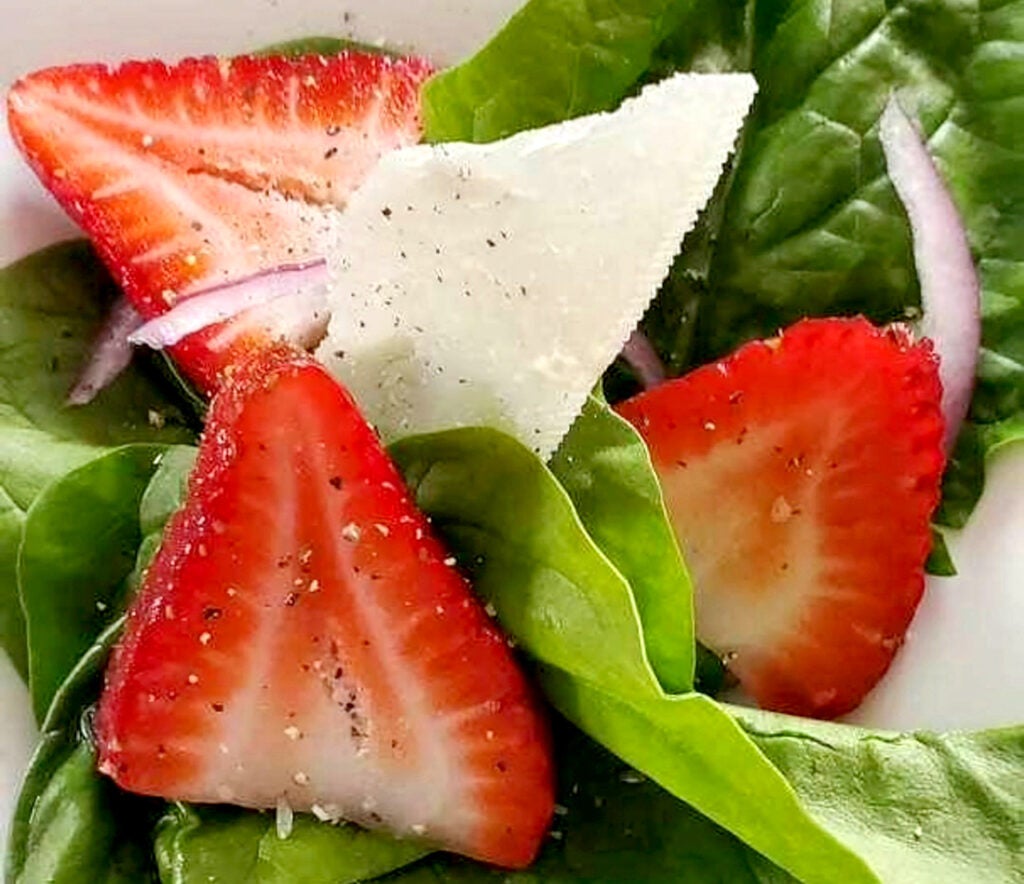
Peanuts and tree nuts are good sources for protein intake. Peanuts contain 25.8 grams of protein, while other tree nuts provide between 7-20 grams of protein per serving. This makes peanuts and tree nuts a good alternative source for veggie rich consumers to up the ante in the protein department. Adding in some roasted, lightly salted and even honey roasted nuts can add in texture, flavor and a kiss of sweet crunchy goodness to bento snack boxes. Other variations could include nut butters alongside fruit and vegetables, toasted coconut chips or a trail mix.
PSA: If including any snacks on the Food and Drug Administration (FDA) high allergen list, (milk, eggs, fish, crustacean shellfish, tree nuts, peanuts, wheat and soybeans), please check with schools, learning centers, youth activity specialist for a list of allergens that may affect other students and may be prevented in these spaces for the safety of allergy sensitive individuals. By being aware of ingredient limitations, this can ensure that you are including snacks that are both healthy and safe for everyone.
Don’t forget the fruit! Fruit can add in a variety of healthy and delicious additions to your bento style snack. Think apples, mandarins, oranges, strawberries, blueberries, blackberries, watermelon, cantaloupe and grapes. There are so many options and each can contribute to your child’s daily recommended vitamins and nutrients. Fruits also pair well with nut butters, cheeses and meats to create a good balance of sweet and salty.
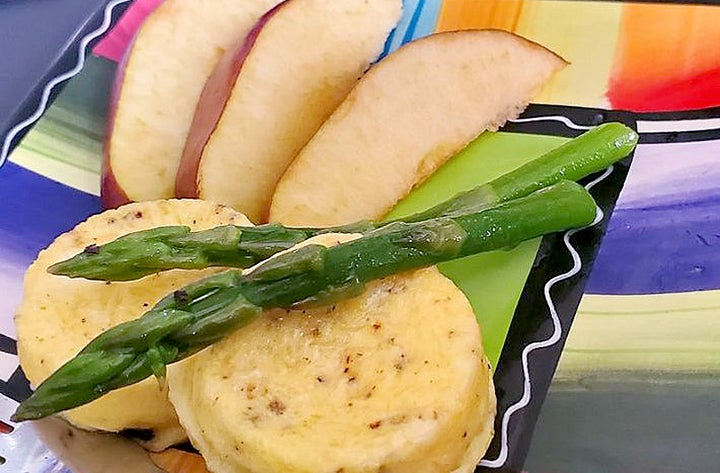
Sweet, sour, tangy — fruits can elevate any snack session to a good trade and barter friend mecca. Add it in slices, chunks, jams, spreads, dried or whole. Where there are fruit lovers, adding fruit in a snack box is key to your snackers happiness.
Scoop them, dip them, stack them or eat them as is. Crackers, chips and bread are vessels that can be used in multiple ways. Graham crackers, pita chips, naan chips, wheat crackers, saltine crackers, butter crackers, seed crackers, crusty bread and thin crust — all can play an important role in the ultimate bento box snack experience. It’s hummus and pita chips, it’s meat, cheese, and crackers, it’s thin crust, pepperoni, cheese and fire roasted red peppers. Let’s not forget the magic that happens when graham crackers are paired with peanut butter, Nutella, cookie butter or jams. It’s like peanut butter and jelly 2.0. By being serving size conscience when adding starchy add-ons, crackers, chips and breads, add just enough oomph to keep your little supported and filled with the energy they need to navigate a successful school day.
Spreads, dips and yogurt — each provides protein, contributes to a balanced diet and add depth of flavor to any snack. Hummus, a creamy spread made from chickpeas and a few other add-ins, can provide anywhere from 2 grams to 5 grams per serving. While this seems small, if one to two servings are included in the snack pack, that can increase the protein to 4-10 grams. Remember, each snack pack ingredients contribute to the overall protein intake. So, adding in hummus, will help to support optimal protein intake.
Dips with a Greek yogurt base, like hummus, can work to promote optimal protein intake. Think, ranch mix, French onion, spinach dip and any other flavor add-ins. By subbing in Greek yogurt in place of sour cream, you can increase protein by 5-20 grams of protein per serving. Greek yogurt, whether eaten in a dip, a spread or in between some fruit and granola is a good source of protein, an optimal source of probiotics and essential nutrients such as calcium, vitamin B12, vitamin B2, riboflavin, potassium and magnesium, which is beneficial in promoting a healthy body. If it’s with spinach, roasted red peppers, roasted garlic or a hint of vanilla, these dips, spreads and yogurts are awesome ideas to include in your littles snack experience.
Snacks are an essential part of a successful school day. They work to support healthy food experiences and to provide tasty fuel to support your littles. By utilizing the bento box snack approach, parents can offer a variety snacks to their littles to ensure that their child’s school day is fueled through optimal protein intake, essential vitamins and balanced healthy snacking experiences.
So, think fruit kabobs with a vanilla Greek yogurt dip, apples and peanut butter, miniature caprese salads, hummus with pita or naan chips — the collaborations are endless, but by providing a bento box snack experience, you and your little are free to explore new flavors, while promoting healthy snacking habits.
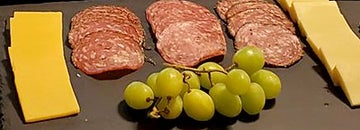
Bento protein and fruit snack box
Ingredients:
1 apple, sliced
1 handful of seedless grapes
2-4 ounces rolled deli turkey
1 ounce pretzel chips or whole-grain crackers
1 ounce cheese crisps or cubed cheese
Directions:
Wash the grapes and slice the apples. Cut each roll of turkey in half. Place the grapes, apples and turkey inside the lunch container. Pack the pretzel chips and cheese crisps or cubes into separate compartments to keep them dry. Close the lunch container and pack it into a lunch bag with an ice pack.
